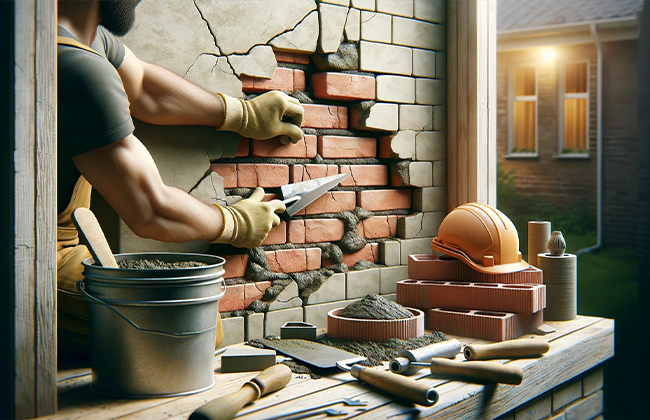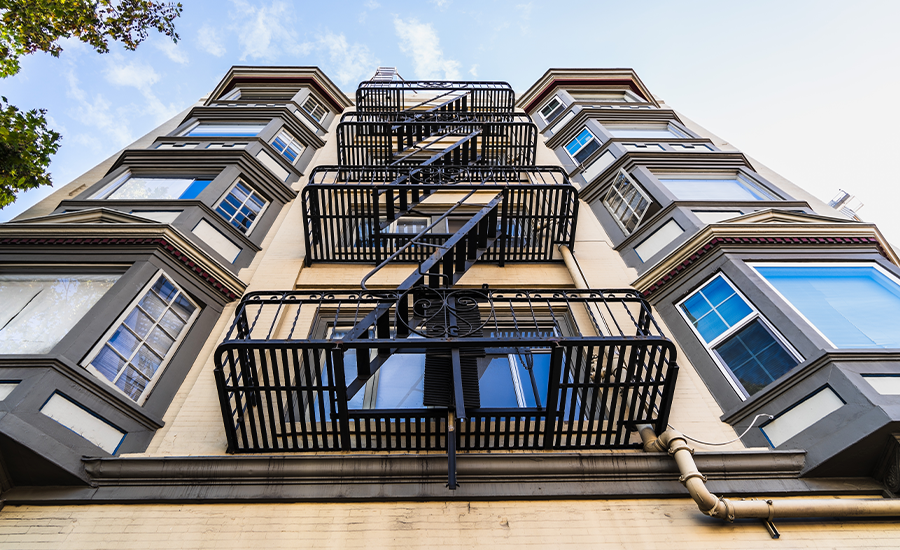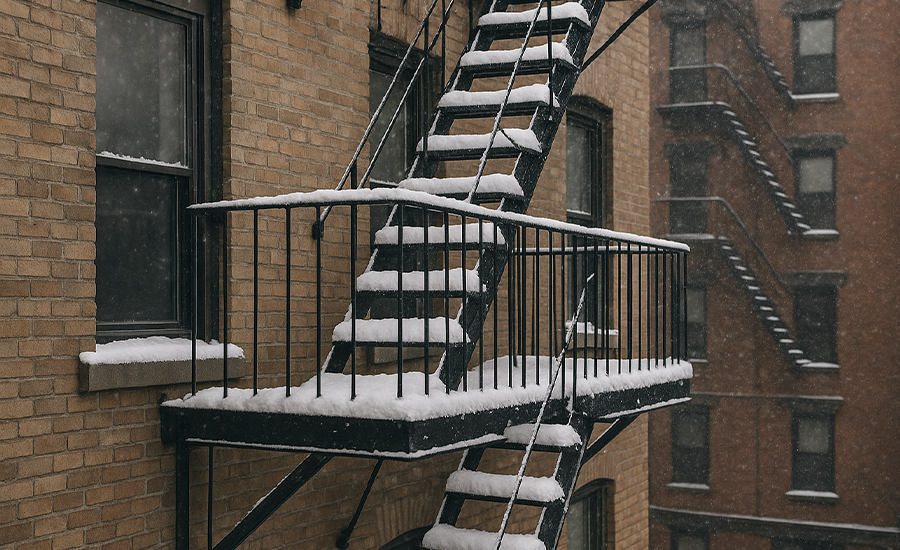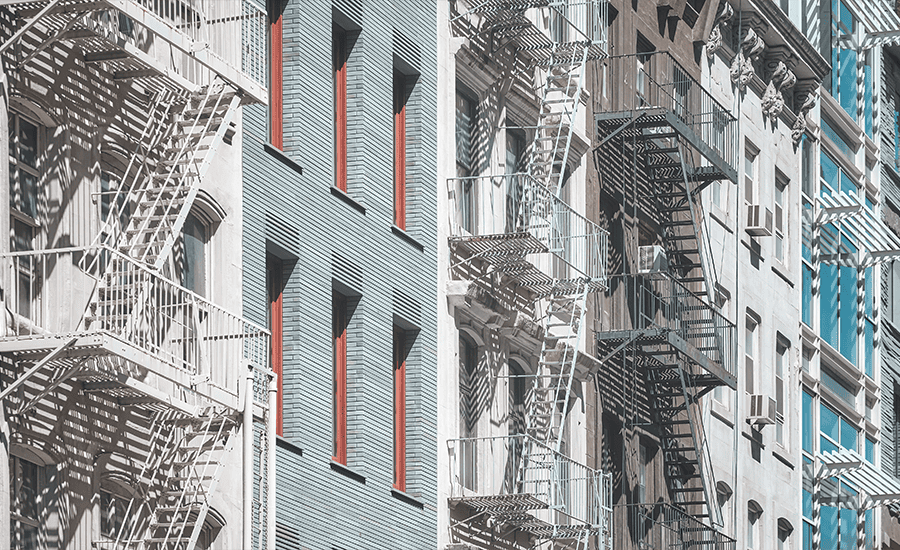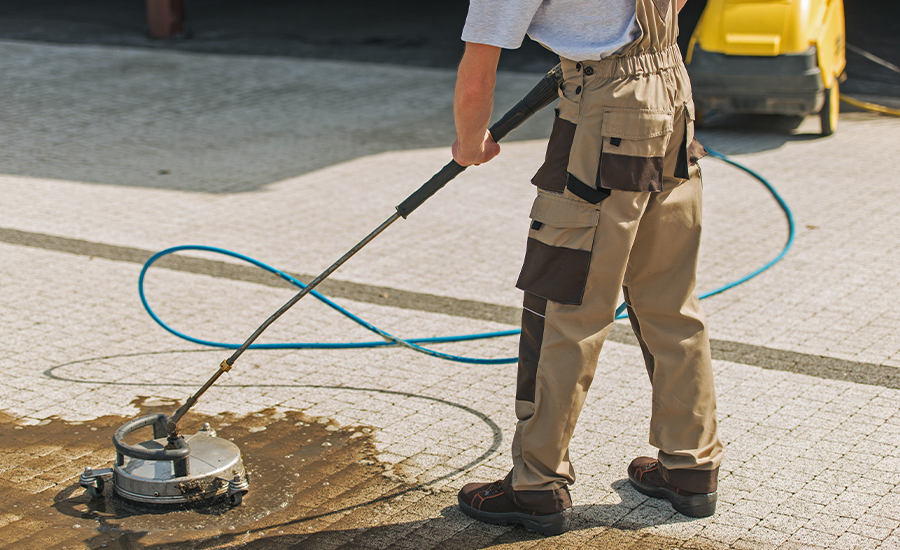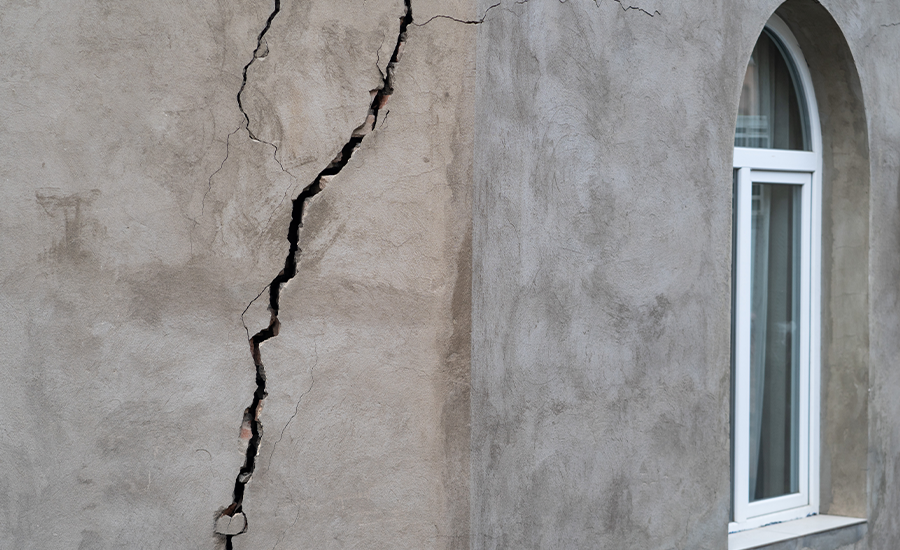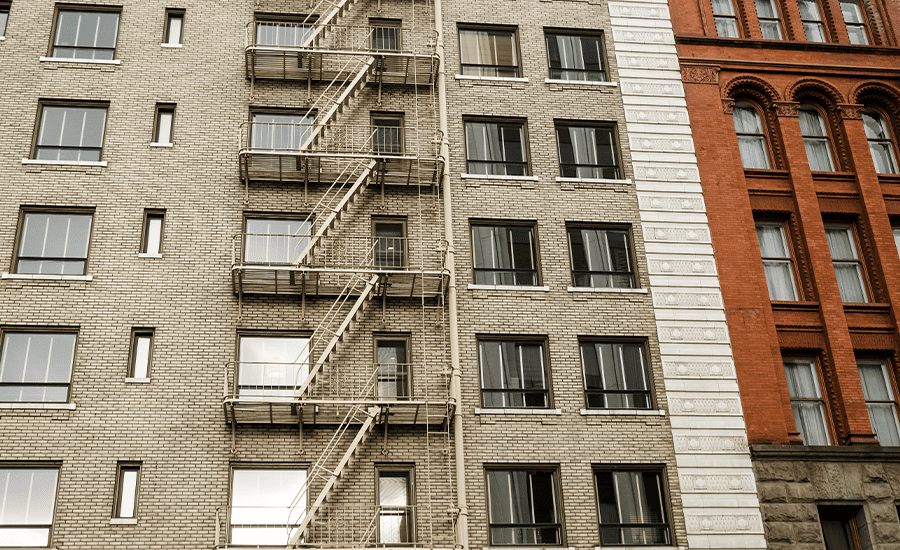Cracked brick wall repair is a pivotal aspect of maintaining the structural integrity and appearance of your home. Addressing this issue promptly can prevent minor cracks from evolving into major structural problems. This guide delves into the necessary steps and techniques for effective cracked brick wall repair, ensuring a secure and lasting solution. It’s an essential read for homeowners looking to preserve the longevity and safety of their brick structures.
Understanding Cracked Brick Walls
Cracked brick walls are more than just an eyesore; they can be indicative of deeper structural issues. Understanding the underlying causes of these cracks is crucial for effective and lasting repair.
What Causes Cracks in Brick Walls?
Cracked brick walls can be caused by various factors, each necessitating a unique approach to repair. Key causes include:
- Foundation Settling: Over time, buildings settle, leading to minor shifts in the structure. This settling can cause cracks, particularly in rigid materials like brick.
- Moisture Damage: Water can seep into bricks and mortar, causing them to expand and contract. This continuous cycle can lead to cracks, especially in climates with significant temperature fluctuations.
- Thermal Expansion: Bricks expand in hot weather and contract in cold. This continuous movement can cause cracks if the wall wasn’t designed with adequate expansion joints.
- Structural Stress: Improper construction, added load, or removal of supporting walls can put extra stress on certain areas, leading to cracks.
Types of Cracks
Different types of cracks offer clues about their causes and the seriousness of the issue. For example, hairline cracks might be due to minor settling, while stair-step cracks could suggest foundation problems.
- Hairline Cracks: Thin, superficial cracks usually due to minor settling or thermal movement.
- Stair-Step Cracks: Zigzag cracks following the mortar line, often a sign of foundation issues.
- Horizontal Cracks: Could indicate serious structural problems, especially if they are wide.
- Vertical Cracks: Usually less serious, often caused by minor settling.
Preparation Steps for Cracked Brick Wall Repair
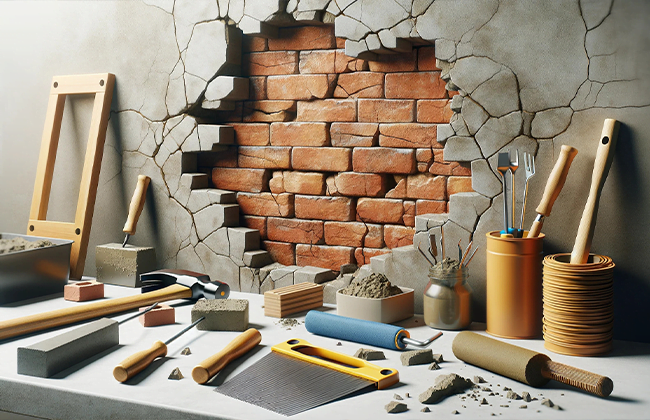
Effective repair begins with a thorough evaluation of the damage. Assessing the crack patterns and their severity helps in planning the repair process.
Assessing the Damage
Inspect the wall for crack patterns, their width, and length. Note if the cracks are widening, which might suggest ongoing issues.
Gathering Materials
Having the right tools and materials is essential for a successful repair. This includes selecting the appropriate mortar mix and ensuring you have all the necessary safety equipment.
You’ll need:
- Chisel and hammer to remove old mortar.
- Mortar mix, selected based on the existing mortar type.
- Trowel for applying mortar.
- Safety equipment like gloves and goggles.
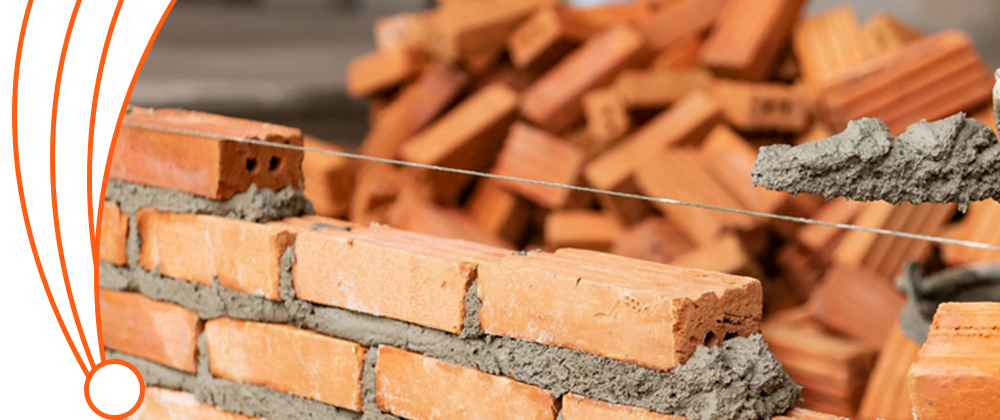
A Step-by-Step Guide to Repairing a Cracked Brick Wall
The repair process involves several key steps: cleaning the crack, preparing and applying the mortar, and finishing touches to ensure the repair blends seamlessly with the existing wall.
Cleaning Techniques for Cracked Brick Surfaces
Remove all loose material and debris. Clean the crack to ensure a strong bond with the new mortar.
Mixing and Applying Mortar
- Choose a mortar mix that matches the existing mortar in color and composition.
- Carefully mix the mortar according to the manufacturer’s instructions.
- Apply the mortar firmly into the cracks, ensuring it’s well-compacted.
Finishing Touches
- Once the mortar starts to set, smooth it out to match the surrounding area.
- Use tools to recreate the texture of the original mortar, if necessary.
Preventive Strategies for Cracked Brick Walls
Preventive measures are as important as the repair itself. Regular maintenance and addressing any underlying issues can significantly reduce the risk of future cracks.
Maintaining Your Brick Wall
- Regularly inspect and clean your brick walls.
- Apply sealant to protect against moisture and environmental damage.
- Ensure good drainage around the foundation to prevent water accumulation.
Addressing Underlying Issues
- Check for and address any foundational or structural problems.
- Consult a professional for severe issues or if you’re unsure about the causes of the cracks.
Advanced Repair Techniques
For more severe damage, advanced repair techniques, often employed by professionals, may be necessary. These can range from epoxy injections to more structural interventions.
When to Call a Professional
- If the damage is extensive or if the cracks reappear after repair.
- When the structural integrity of the building might be compromised.
Cutting-Edge Methods in Brick Wall Crack Repair
- Professionals might use techniques like epoxy injection, stitching, or underpinning, depending on the issue.
DIY Tips for Effective Cracked Brick Wall Repairs
DIY repairs can be effective if done correctly. Understanding common pitfalls and learning effective techniques can help in achieving professional-looking results.
Effective Techniques for Beginners
- Practice mixing and applying mortar on a small, inconspicuous area.
- Measure and mix mortar in small batches to avoid waste.
Common DIY Mistakes in Brick Wall Repair and How to Avoid Them
- Don’t rush the repair process; allow adequate time for each step.
- Avoid using a mortar mix that doesn’t match the original in strength and composition.
Safety Practices in Cracked Brick Wall Repairs
Repair work, especially on structural elements like walls, involves certain risks. Adhering to safety guidelines and being aware of the structural implications of the repairs is vital for the safety of both the individual and the structure.
Personal Protective Equipment for Repair Work
- Always wear safety gear, including gloves, goggles, and a dust mask.
- Work in a well-ventilated area to avoid inhaling dust.
Structural Safety
- Be mindful of the load-bearing capacity of the wall during repairs.
- Consult a structural engineer if there’s any doubt about the wall’s integrity.
Conclusion:
In conclusion, repairing a cracked brick wall is a crucial task that demands attention to detail and a thorough understanding of the repair process. By following the steps outlined in this guide, homeowners can confidently address and resolve issues related to cracked brick walls. Remember, timely intervention and proper repair techniques not only restore the wall’s appearance but also reinforce its strength, ensuring the longevity and safety of your home.
FAQs:
Q: Can I repair a minor cracked brick wall by myself?
A: Yes, minor cracked brick wall repair can be a DIY project. It requires basic tools and a correct understanding of the repair process. However, always assess the crack’s severity before deciding to proceed on your own.
Q: What kind of mortar should I use for cracked brick wall repair?
A: The type of mortar used for cracked brick wall repair should match the existing mortar in strength, composition, and color. Typically, a mix of Portland cement, lime, and sand is used for durability and compatibility.
Q: How often should I inspect my brick walls for cracks?
A: Regular inspections, ideally twice a year, can help identify any new or worsening cracks in brick walls. Early detection is key to preventing minor cracks from developing into major problems.
Q: Are there any quick fixes for cracked brick wall repair?
A: While there are temporary solutions like caulking for small cracks, it’s important to address the root cause for a permanent fix. Quick fixes might not provide long-term stability and can hide underlying issues.
Q: How can I prevent cracks in brick walls in the future?
A: Preventing cracks in brick walls involves regular maintenance, ensuring proper drainage around the foundation, and addressing any potential structural issues promptly.


